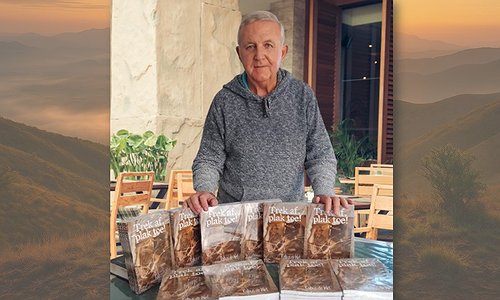Barberton daisy proves resilience is always in bloom
It was first documented in 1889 near Barberton by Robert Jameson, a Scottish botanist and mining prospector. The daisy was later named in his honour. Although the genus Gerbera had already been established by German botanist Traugott Gerber, it was this specific species that caught the attention of botanists and breeders across Europe.
The original Gerbera jamesonii is native to Mpumalanga’s rocky grasslands and is remarkably well adapted to the region’s dry, stony soil. It thrives in full sun, survives seasonal droughts and uses a strong taproot to access deep water. Today, the flower continues to grow wild near the hills of Barberton and can often be spotted along walking paths and open slopes just outside town.
What many do not realise is that this local daisy forms the basis of almost every cultivated gerbera sold around the world today. When it was cross-bred with another South African species, Gerbera viridifolia, it gave rise to a new generation of colourful hybrids that took the cut flower industry by storm. The global gerbera trade now relies heavily on these early hybrids, with roots tracing directly back to Barberton’s natural landscape.
Although commercial versions are grown under greenhouse conditions in countries across Europe, Asia and the Americas, the original daisy remains a symbol of South African botanical heritage. Local conservationists have long called for the protection of its natural habitat, especially as development pressures increase near towns such as Barberton and Nelspruit.
What sets the Barberton daisy apart is not just its role in plant breeding or its visual appeal. It also carries a quiet metaphor for human resilience. This daisy does not need ideal conditions to thrive. It makes the most of what it has, finds space where others might not grow, and does its work without fuss or demand.
In a time when people are increasingly overwhelmed by uncertainty and rapid change, the daisy offers a grounded lesson. Survival does not always come from controlling our environment. Sometimes it comes from adapting to it, staying rooted and simply continuing despite the odds.
The flower’s ability to bloom in difficult soil and withstand intense heat without complaint reflects a kind of strength that does not shout. Its presence in the De Kaap Valley is a reminder that beauty and purpose often appear in the least likely places, and that a legacy can begin with a single, stubborn bloom.




